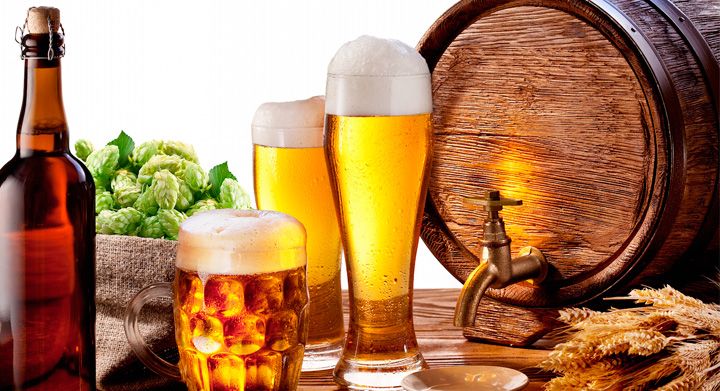Malt imports to Mexico grew 7.6% between 2022 and 2023, to US$452 million, according to data from the Ministry of Agriculture.
Unlike malt used in the manufacture of conventional beer, which is fermented to produce alcohol, the malt in malt beer is left unfermented or only partially fermented, resulting in a low-alcohol or even non-alcoholic beverage.
Mexico is the largest exporter of malt beer in the world, concentrating its foreign demand in the United States.
To the entire world, Mexican external sales of malt beer were US$6.163 billion in 2023, up 2.2% year-on-year.
Malt imports
Anheuser-Busch InBev reports that the basic brewing process for most beers is straightforward, but significant technical expertise is required to control quality and costs.
What are the stages in the production of this beverage?
After brewing and fermentation, maturation and filtering follow, and then packaging.
Although malted barley (malt) is the main ingredient, other cereals such as unmalted barley, rice or wheat are sometimes added to produce different styles of beer.
The proportion and choice of other raw materials varies according to regional taste preferences and the type of beer.
Mexico was the second largest importer of malt in the world in 2023, surpassed by Brazil, whose external purchases of this product amounted to around US$900 million.
Raw materials
Beer is a versatile beverage that can be adapted to a wide variety of tastes and preferences.
What raw materials are used in the production of beer and other malt alcoholic beverages?
- Malted barley.
- Rice.
- Corn.
- hops
- yeast
- Water.
In some regions, such as Africa, Anheuser-Busch InBev uses locally sourced agricultural products, such as sorghum or cassava, instead of malted barley.
Prices and sources of raw materials are determined by, among other factors:
- Weather conditions.
- Crop production levels.
- Local and export demand.
- Taxes and tariffs.
- Government regulations.

